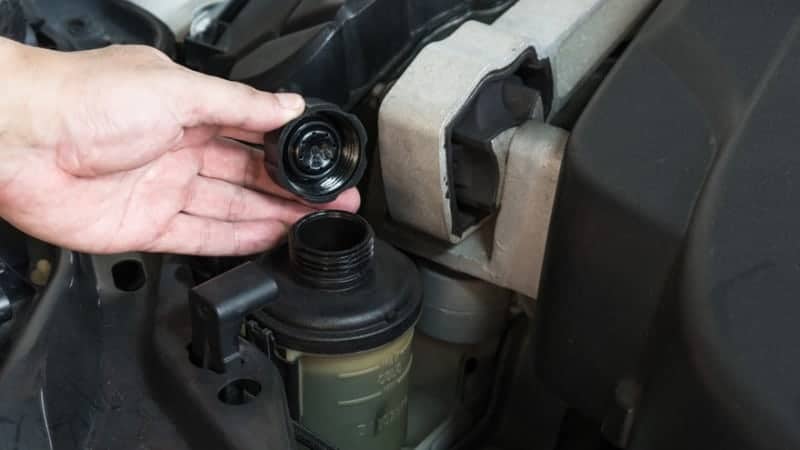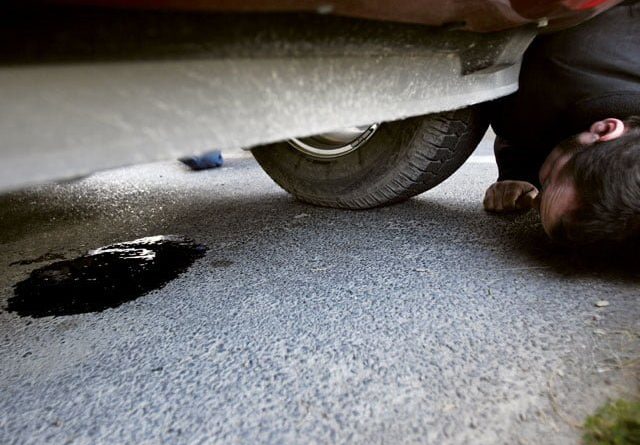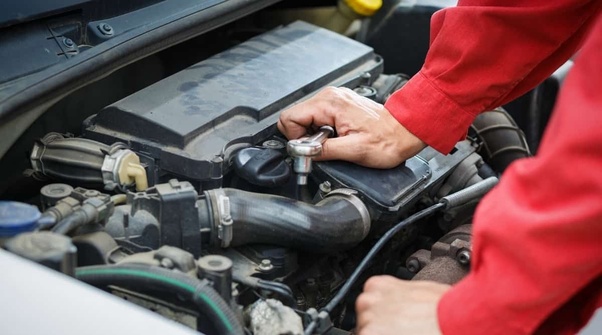
Unraveling the Enigma: Power Steering Fluid Bubbling
In the intricate symphony of automotive systems, few anomalies raise eyebrows as much as the sight of bubbling power steering fluid. This phenomenon, though uncommon, can trigger concern among vehicle owners, prompting questions about the health and functionality of their power steering system. In this comprehensive exploration, we embark on a journey to unravel the mysteries behind power steering fluid bubbling, delving into its potential causes, implications, and remedies to empower you with knowledge and confidence in addressing this puzzling automotive occurrence.
Understanding the Power Steering System
Before delving into the intricacies of power steering fluid bubbling, it’s essential to grasp the fundamentals of the power steering system itself. In most modern vehicles, power steering systems utilize hydraulic fluid to assist in steering efforts, facilitating smoother and more responsive maneuvering for drivers. This hydraulic fluid is pressurized and circulated by a pump, typically driven by the vehicle’s engine. As the driver turns the steering wheel, hydraulic pressure is applied to the steering mechanism, aiding in the movement of the wheels and reducing steering effort.
Identifying the Symptoms

The presence of bubbles in power steering fluid is often accompanied by other noticeable symptoms, which can provide valuable clues about the underlying issue. Some common indicators of power steering fluid bubbling include:
- Foamy Fluid: Visible bubbles or foam in the power steering fluid reservoir or when inspecting the fluid level.
- Unusual Noises: Whining or groaning sounds when turning the steering wheel, (https://outdoorlogic.net/power-steering-fluid-bubbling/) particularly at low speeds, indicating potential air ingress or fluid aeration.
- Decreased Steering Performance: Difficulty or resistance when turning the steering wheel, especially during low-speed maneuvers or when parking, suggesting compromised hydraulic efficiency.
Potential Causes of Power Steering Fluid Bubbling
Several factors can contribute to the formation of bubbles in power steering fluid, each with its own implications and remedies. Some common causes include:
- Aeration: Aeration occurs when air is introduced into the power steering system, often due to leaks or low fluid levels. Air bubbles can form as the fluid circulates through the system, leading to foaming and reduced hydraulic effectiveness.
- Fluid Contamination: Contaminants such as dirt, debris, or moisture can compromise the integrity of power steering fluid, creating conditions conducive to foaming and bubbling. Contaminated fluid may also accelerate wear and tear on system components over time.
- Overheating: Excessive heat within the power steering system can cause the fluid to expand and boil, generating bubbles in the process. Overheating may result from prolonged or strenuous driving conditions, inadequate fluid levels, or a malfunctioning cooling system.
- Mechanical Issues: Faulty or worn-out components within the power steering system, such as a failing pump, damaged hoses, or a malfunctioning pressure relief valve, can disrupt fluid flow and contribute to bubble formation.
Diagnostic Approach and Remedial Actions

When confronted with power steering fluid bubbling, a systematic diagnostic approach is essential to pinpointing the root cause and implementing appropriate remedies. Here are some steps to consider:
- Fluid Inspection: Begin by visually inspecting the power steering fluid reservoir for signs of foaming or contamination. Check the fluid level and color, noting any unusual discoloration or debris present.
- System Pressure Test: Conduct a pressure test to evaluate the hydraulic integrity of the power steering system. This involves connecting a pressure gauge to the system and monitoring pressure levels during various driving conditions.
- Leak Detection: Inspect the power steering system for signs of leaks, including wet or oily areas around hoses, fittings, and components. Address any leaks promptly to prevent further fluid loss and air ingress.
- Fluid Flush and Replacement: If the power steering fluid is contaminated or degraded, perform a complete fluid flush and replacement to restore system performance. Use a high-quality, manufacturer-approved fluid compatible with your vehicle’s specifications.
- Component Inspection and Repair: Thoroughly inspect all power steering components, including the pump, hoses, reservoir, and pressure relief valve, for signs of damage or wear. Replace any faulty or worn-out parts as needed to ensure proper system operation.
- Cooling System Maintenance: Check the cooling system for proper functioning, ensuring adequate airflow to power steering components to prevent overheating. Clean or replace the power steering fluid cooler if necessary to optimize heat dissipation.
Navigating the Path Forward
In conclusion, power steering fluid bubbling can be a perplexing issue for vehicle owners, but one that can be effectively diagnosed and remedied with the right approach. By understanding the potential causes of fluid bubbling, conducting thorough diagnostic checks, and implementing appropriate remedial actions, you can restore your power steering system to optimal performance and regain confidence in your vehicle’s handling. Remember to prioritize regular maintenance and inspections to prevent future issues and ensure the long-term health of your power steering system. With diligence and attention to detail, you can navigate the path forward with clarity and peace of mind, enjoying smooth and responsive steering for miles to come.
